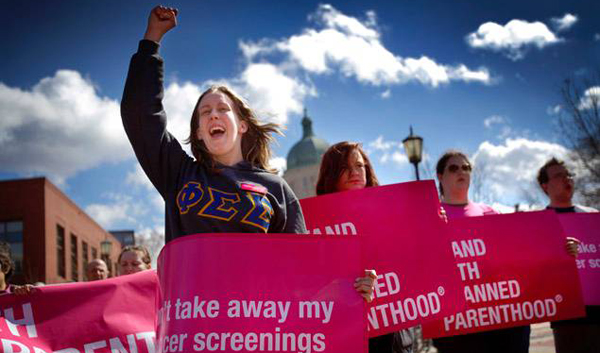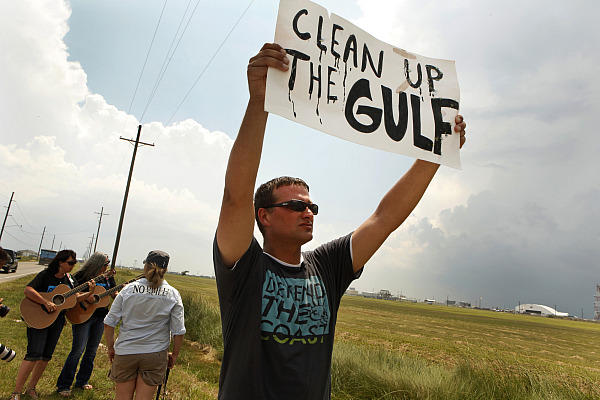 Jeff Bezos, billionaire founder of Amazon.com, just purchased the Washington Post newspaper for $250 million. The newspaper has struggled in recent years, as have nearly all US newspapers, with declining revenue and increasing losses. Last year the paper lost $54 million and this year they are on track to lose another $100 million. Some are asking if Bezos can do for journalism what he did for retail sales. With a personal fortune of nearly $25 billion Bezos’ “investment” in the WaPo equals just one percent of his wealth — hardly a huge financial risk if he is unable to turn things around.
Jeff Bezos, billionaire founder of Amazon.com, just purchased the Washington Post newspaper for $250 million. The newspaper has struggled in recent years, as have nearly all US newspapers, with declining revenue and increasing losses. Last year the paper lost $54 million and this year they are on track to lose another $100 million. Some are asking if Bezos can do for journalism what he did for retail sales. With a personal fortune of nearly $25 billion Bezos’ “investment” in the WaPo equals just one percent of his wealth — hardly a huge financial risk if he is unable to turn things around.
But perhaps turning things around is not his first priority. Some have speculated that the decision to purchase the paper was less about adding to his financial stature and more about advancing his own political agenda. Still others suggest that is may be about enhancing his image and legacy. If we’ve learned anything from the history of the rich and powerful it is that advancing age often brings with it a strong desire to do something that will be seen as having a lasting impact…something that will endure long after they are gone. Thanks to legendary PR practitioner “Poison” Ivy Lee, the great robber baron John D. Rockefeller is as well-known today for his philanthropy as for the tragic massacre at Ludlow.
Bezos purchased the paper from the Graham family who are highly esteemed Washington D.C. insiders. Amazon is headquartered in Seattle, or as Bezos calls it, the “other Washington.” The cultural clash between East/West coast and Old/New money could make this relationship a challenge. But Amazon and Bezos are not unfamiliar with the D.C. way of life. Last year they spent a reported $2.5 million lobbying the executive and legislative branches of government.
In a letter to Washington Post employees, Bezos wrote,
There will, of course, be change at The Post over the coming years. That’s essential and would have happened with or without new ownership. The Internet is transforming almost every element of the news business: shortening news cycles, eroding long-reliable revenue sources, and enabling new kinds of competition, some of which bear little or no news-gathering costs. There is no map, and charting a path ahead will not be easy. We will need to invent, which means we will need to experiment.
It will be interesting to see what kinds of experiments Bezos has in mind. Will every new Kindle sold come with a Washington Post subscription? Will news and retail marketing somehow find a symbiotic relationship where consumers of both news and commercial products move freely between both commodities? Or will the Washington Post simply be the legacy medium that Bezos uses to burnish his personal legacy? As Bob Schieffer said on Face the Nation, “We can get along without newspapers, but we can’t get along without what newspapers do.” Let’s hope we don’t have to witness the truth of that statement.


 The latest in the Dark Knight series is struggling to bounce back from the tragic shooting in Aurora that appears to be having a greater impact on attendance than initially projected. It may appear callous to be talking about box office receipts and financial success when so many lives were lost and others were changed forever. But that is the nature of the business of big media. The studio, Warner Brothers, took steps to try to appear sensitive to the tragic shooting. They delayed reports of box office receipts that first weekend and cancelled premiere events in Paris, Mexico City and Tokyo. According to the WSJ, a spokesperson for the studio said, “We just felt it would be disrespectful and not the right thing to do to go forward.” Warner Bros also pulled trailers for Gangster Squad from theaters because of a scene that includes shooting up a movie theater. Meanwhile, security has been beefed-up and theater chains are implementing new rules about patrons showing up in outfits and masks.
The latest in the Dark Knight series is struggling to bounce back from the tragic shooting in Aurora that appears to be having a greater impact on attendance than initially projected. It may appear callous to be talking about box office receipts and financial success when so many lives were lost and others were changed forever. But that is the nature of the business of big media. The studio, Warner Brothers, took steps to try to appear sensitive to the tragic shooting. They delayed reports of box office receipts that first weekend and cancelled premiere events in Paris, Mexico City and Tokyo. According to the WSJ, a spokesperson for the studio said, “We just felt it would be disrespectful and not the right thing to do to go forward.” Warner Bros also pulled trailers for Gangster Squad from theaters because of a scene that includes shooting up a movie theater. Meanwhile, security has been beefed-up and theater chains are implementing new rules about patrons showing up in outfits and masks.

 Some time ago I
Some time ago I 

